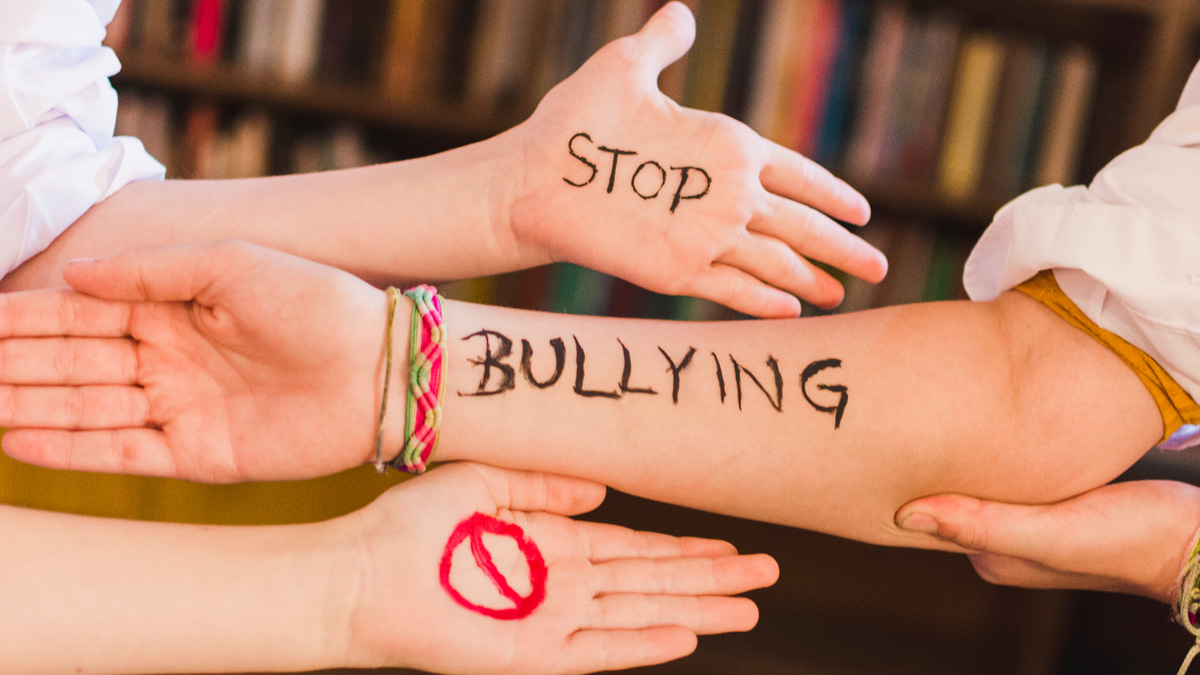Introduction
Bullying is still one of the most serious concerns in schools today, hurting kids’ mental health, academic performance, and general well-being. As educators and parents, we are accountable for providing a secure, inclusive, and happy environment in which children can grow. But how can we successfully eliminate bullying at schools?
This article delves into ten effective, research-backed solutions that may prevent bullying in schools. We will discuss proven approaches for making schools safer, such as promoting a culture of compassion and enacting anti-bullying measures. If you are an educator, parent, or policymaker seeking practical solutions, continue reading!
10 Proven Strategies to Prevent Bullying in Schools: A Must-Read for Educators & Parents
1. Establish a Clear Anti-Bullying Policy
One of the most effective strategies to prevent bullying in schools is to have a robust, well-defined anti-bullying policy. Schools should guarantee that the policies:
- Define what is bullying.
- Describe the repercussions of bullying conduct.
- Establish explicit reporting methods.
- Emphasise a zero-tolerance policy.
According to studies, schools with well-enforced regulations experience a considerable drop in bullying incidences.
2. Encourage a positive school culture
Bullying is naturally discouraged in schools that promote respect, compassion, and inclusivity. Educators can facilitate this approach:
- Recognise and reward acts of kindness.
- Encourage teamwork and collaboration.
- Implementing peer mentorship initiatives.
A healthy school culture fosters a secure, supportive atmosphere in which kids feel appreciated and respected.
3. Educate Students and Staff on Bullying Prevention
Awareness is crucial! Regular anti-bullying workshops and training sessions assist students and teachers understand the consequences of bullying and how to successfully resist it. The topics should include:
- Recognising various types of bullying (physical, verbal, cyberbullying, etc.)
- Understanding Bullying’s Impact on Mental Health
- Learn how to intervene safely and effectively.
Schools may greatly minimise bullying incidences by providing appropriate training to students and staff.
Also Read – Impact of Beliefs and Values on Personal Well-being
4. Encourage open communication
Students should feel comfortable reporting bullying without fear of reprisal. Schools can foster open communication through:
- Establishing anonymous reporting methods.
- Encourage pupils to communicate with trusted instructors or counsellors.
- Having regular conversations regarding school safety.
When kids sense their voices are heard, they are more inclined to speak out against bullying.
5. Involve Parents and Guardians
Parents have an important role in bullying prevention. Schools should engage parents by:
- Hosting parent workshops on bullying awareness.
- Providing help in identifying bullying indicators at home.
- Encourage open interactions between parents and children.
A strong home-school collaboration ensures that bullying is addressed both within and outside of school.
6. Establish peer support and buddy systems
Students who feel isolated are more susceptible to bullying. Schools can implement:
- Buddy programs for new students or those who may be bullied
- Peer mediation programs are where trained students help settle problems.
- Mentorship projects match older students with younger ones.
These techniques promote friendships, eliminate loneliness, and boost kids’ confidence.
7. Monitor and Supervise Hotspots
Bullying frequently happens in settings with less adult supervision, such as:
- school corridors
- playgrounds
- cafeterias
- restrooms
Increased adult supervision in these settings can significantly minimise bullying instances.
8. Address Cyberbullying Proactively
- Cyberbullying has grown in prominence as technology has advanced.
- Schools must educate pupils about proper internet activity.
- Implement rigorous regulations against cyberbullying.
- Provide resources to victims of internet harassment.
- Teaching pupils internet etiquette can help avoid cyberbullying before it occurs.
9. Teach Social-Emotional Learning (SEL)
Social-Emotional Learning (SEL) helps pupils develop:
- Empathy and Compassion
- Conflict resolution abilities
- Self-awareness, self-regulation.
According to research, schools that include SEL see fewer incidents of bullying and better student connections.
10. Take Swift and Fair Action Against Bullying
When a bullying incident occurs, schools must respond quickly and fairly. Key activities include:
- Investigating reports thoroughly
- Offering assistance to both victims and abusers.
- Implementing remedial actions, such as therapy or behavioural intervention programs.
A firm no-tolerance approach sends the message that bullying will not be tolerated.
Conclusion
Prevent bullying in schools necessitates a thorough, coordinated effort by students, teachers, parents, and school administration. Implementing these ten methods can help schools establish a secure and loving atmosphere in which kids feel protected, appreciated, and empowered.
Now is the moment to take action! Whether you are an instructor, parent, or student, your participation in combating bullying is critical. Begin by increasing awareness, spreading kindness, and speaking out against bullying.







